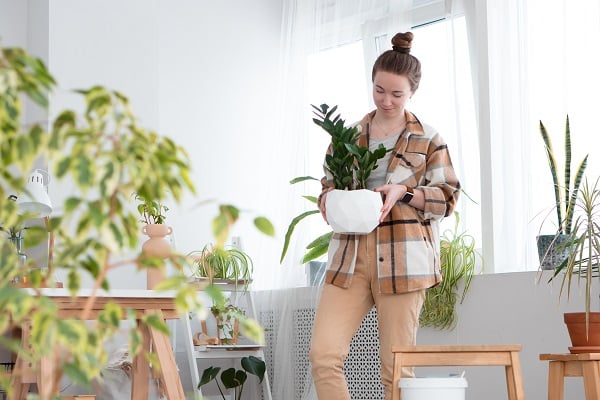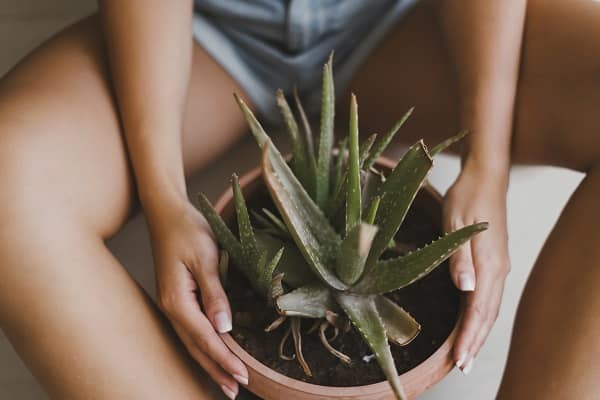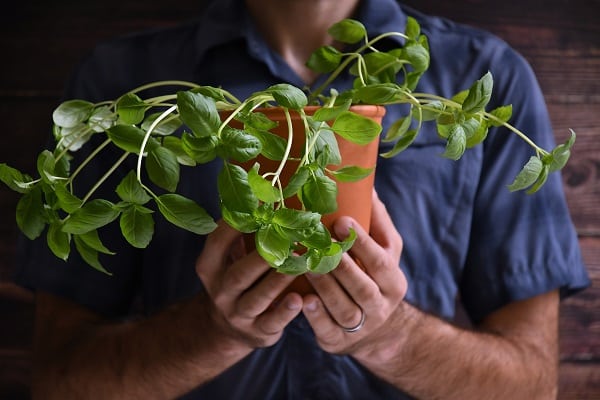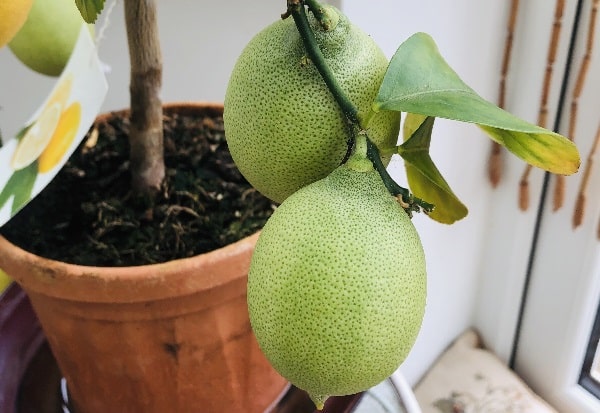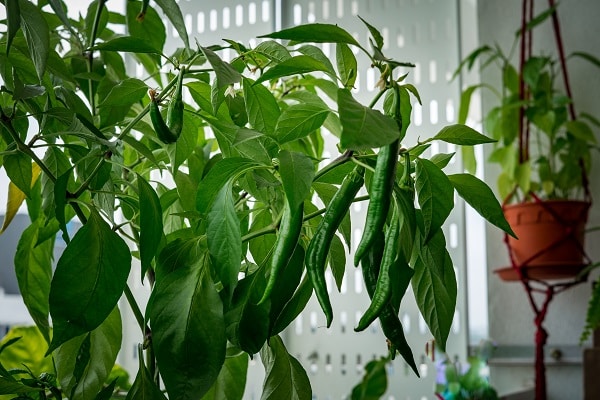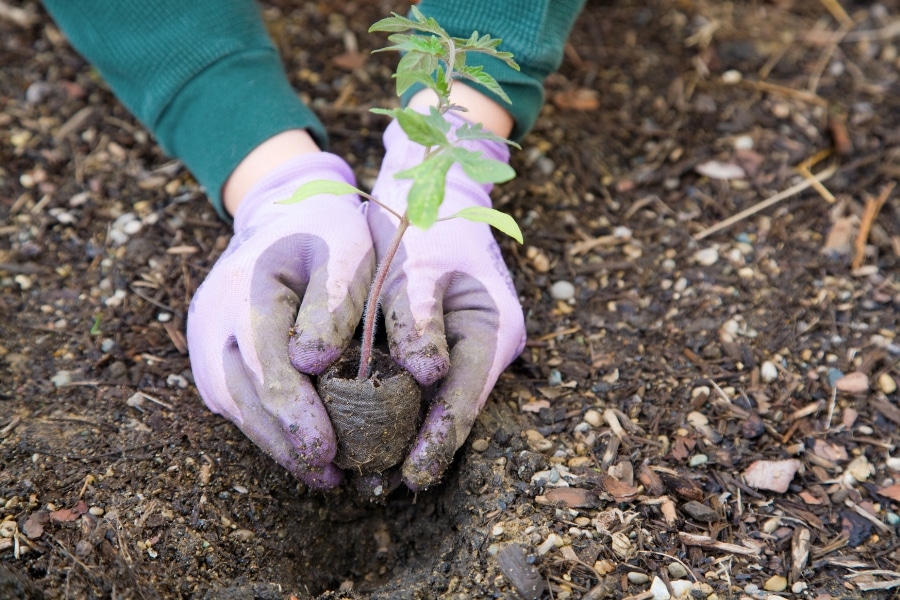Indoor gardening is a rewarding hobby that offers numerous benefits, from providing fresh produce to enhancing the aesthetic appeal of your home. Not only does it allow you to indulge in your love for plants all year round, but it also provides an opportunity to grow useful plants that can serve various purposes. This post will guide you through the process of growing beneficial plants right inside your home, discussing the factors to consider, the best plants to choose, and how to care for them. Let’s embark on this green journey together!
Contents
The Importance Of Choosing The Right Plants
Choosing the right plants for indoor gardening is paramount. Not all plants are suited for indoor conditions; some require more sunlight or space than a typical home can provide. Therefore, it’s crucial to select plants that are known to thrive indoors and can adapt to the conditions of your home.
The plants you will learn about below are not only known for their adaptability to indoor conditions, but they also offer various benefits. From medicinal uses to providing fresh produce for your kitchen, these plants are not just decorative but also functional. By choosing the right plants, you can ensure a healthy and beneficial indoor garden.
Aloe Vera
Aloe Vera is a popular choice for indoor gardening due to its myriad of benefits and easy care requirements. Known for its medicinal properties, Aloe Vera can be used to soothe burns, moisturize skin, and even aid digestion. Its thick, succulent leaves are filled with a gel that contains these beneficial properties. Caring for Aloe Vera indoors is relatively straightforward. It requires a well-draining soil mix and a pot with drainage holes to prevent waterlogging.
Aloe Vera also thrives in bright, indirect light, so placing it near a window that gets plenty of light, but not direct sunlight, is ideal. It’s drought-tolerant, meaning it doesn’t require frequent watering. In fact, overwatering is one of the main reasons Aloe Vera plants die, so it’s better to err on the side of underwatering. With the proper care, Aloe Vera can be a beautiful and valuable addition to your indoor garden.
Herbs: Basil, Mint, And Parsley
Growing herbs indoors can be incredibly rewarding. Not only do they add a fresh aroma to your home, but they also provide a readily available supply of fresh herbs for your culinary endeavors. Basil, mint, and parsley are particularly well-suited for indoor gardening. They have a wide range of uses, from flavoring dishes to making refreshing teas and even serving medicinal purposes.
Caring for these herbs indoors requires a bit of attention but is generally straightforward. They prefer a sunny window that gets at least six hours of sunlight per day. If you don’t have a sufficiently sunny window, you can supplement with a grow light. Water your herbs when the top inch of soil is dry, but be careful not to overwater. With some care, you can have a mini herb garden in your kitchen.
Lemon Tree
Growing a lemon tree indoors might seem ambitious, but it’s entirely possible and offers numerous benefits. Besides providing fresh, homegrown lemons, a lemon tree can also serve as a beautiful decorative piece with its glossy leaves and fragrant blossoms. The aroma of a blooming lemon tree can fill your home with a refreshing, citrusy scent.
Indoor lemon trees prefer a sunny, south-facing window and need at least eight hours of sunlight daily. They also need well-draining soil to prevent waterlogging. Water your lemon tree when the top inch of soil is dry, and feed it with a citrus-specific fertilizer. With proper care, an indoor lemon tree can be a fruitful and aromatic addition to your home.
Tomato Plant
Tomato plants can thrive indoors and provide a steady supply of fresh tomatoes for your kitchen. Besides their culinary uses, tomatoes are also rich in vitamins and antioxidants, making them a healthy addition to your diet. Growing tomatoes indoors allows you to control the growing conditions and avoid common outdoor pests and diseases.
Tomato plants need a lot of light, so place them near a sunny window or supplement them with a grow light. They prefer well-draining soil and should be watered when the top inch of soil is dry. Tomato plants also benefit from support structures like cages or stakes to help support their weight as they grow. With the proper care, you can enjoy fresh, homegrown tomatoes year-round.
Ginger Plant
Ginger is a versatile plant that’s relatively easy to grow indoors. The root of the ginger plant is widely used in cooking for its unique flavor and is known for its anti-inflammatory and digestive benefits. Plus, the plant itself, with its reed-like stems and lush green leaves, can add a touch of tropical appeal to your home.
To grow ginger indoors, all you need is a fresh piece of ginger root from the grocery store. Choose a piece with several eye buds (similar to those on a potato), and plant it in a container filled with well-draining potting soil. Ginger prefers indirect light and warm temperatures. Water it regularly, keeping the soil consistently moist but not waterlogged. With patience, you’ll have a thriving ginger plant that’s as useful as it is beautiful.
Spinach
Spinach is a nutrient-dense leafy green that’s surprisingly easy to grow indoors. It’s packed with vitamins and minerals, making it a healthy addition to your meals. Plus, having fresh spinach at your fingertips means you’re more likely to add it to your dishes, boosting your daily nutrient intake.
To start growing a spinach plant, choose a container that’s at least six inches deep and fill it with well-draining potting soil. Sow the seeds about an inch apart, cover lightly with soil, and water well. Spinach prefers cooler temperatures, so a north-facing window is ideal. Keep the soil consistently moist, and you’ll have fresh spinach leaves to harvest in about six weeks.
Chili Pepper Plant
Chilli peppers can add a kick to your dishes, and growing them indoors can be a fun and rewarding endeavor. Beyond their culinary uses, chili peppers are also rich in vitamins A and C. Plus, the colorful peppers can add a pop of color to your indoor garden.
Chili peppers need plenty of light, so place them in a sunny window or supplement them with a grow light. They prefer well-draining soil and should be watered when the top inch of soil is dry. Keep in mind that chili peppers like warmth, so try to maintain a temperature above 70°F. With proper care, you’ll have a spicy addition to your indoor garden and your meals.
Consider Growing These Useful Plants In Your Home!
Indoor gardening offers a unique opportunity to cultivate a green thumb while reaping the benefits of fresh produce and medicinal plants. From the soothing Aloe Vera to the versatile herbs and nutrient-rich spinach, each plant brings something unique to your home. Remember, the key to a successful indoor garden lies in understanding the needs of each plant and providing the proper care. So why wait? Start your indoor gardening journey today and enjoy the fruits (and vegetables and herbs) of your labor!
